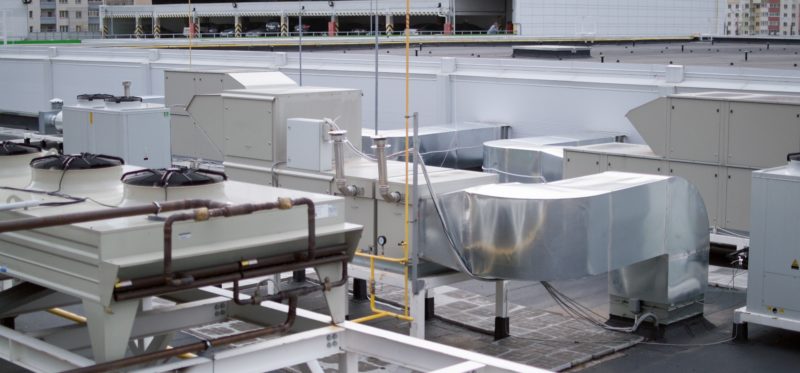 If you are like most Americans, then you spend more time in the office than at home. You want to be comfortable while you are there. Not only do you need good co-workers, you also need a good commercial HVAC. Your air conditioner at work is similar to your AC at home, but not the same. Here’s what you should know about your commercial HVAC.
If you are like most Americans, then you spend more time in the office than at home. You want to be comfortable while you are there. Not only do you need good co-workers, you also need a good commercial HVAC. Your air conditioner at work is similar to your AC at home, but not the same. Here’s what you should know about your commercial HVAC.
What You Should Know About a Commercial HVAC
The commercial HVAC system that you have at your office is designed to do several different tasks. It is not only designed to help manage the indoor temperature, but it also takes air in from the outside, eliminates contaminated air through an exhaust or filtration system, and manages energy. This is done through the use of a building automation device which is a computer or wall-mounted gadget that is used to determine whether to heat or cool the space, as well as to what temperature it should be brought to. Then, when the air is brought in from the outside, it is pushed through coils until it is either heated or cooled.It is then pushed into the working space of the building. At the same time, air is displaced from the room back into the system.
Additionally, the commercial HVAC system at your office also has a rooftop unit. It is often referred to as an air handler and is designed to moderate the temperature of a large space. Inside these big boxes is a blower, heating and cooling elements, filter racks, and chambers and dampers. They are usually connected to a ductwork ventilation system that then distributes the air through the building before returning it to the box to either discharge or return the air back into the system.
Differences Between Residential and Commercial HVAC Systems
In addition to their sizes, there are several other differences between a commercial and residential HVAC. Unless you live in an apartment or condominium, then the unit you use at home is not on your roof as it is in your office. Moreover, your central air conditioning is also different because, at home, it is usually a split system. The unit that is inside your home, houses the evaporator, blower and condensate drainage. The outdoor unit is where you can find the compressor, condenser, and condenser fan. A commercial HVAC, on the other hand, has all of its components packaged in a singular cabinet on the roof. It is connected to the outside ventilation system and only the zone dampers and ducts are housed inside.
The drainage system is also different due to the size of the units. When it comes to residential HVAC, the entire system drains in a single pan that is placed outside the house. However, commercial HVAC systems have multiple pipes and pans in order to ensure complete evaporation and to eliminate the possibility of overflowing.
If your office is in need of assistance with its commercial HVAC and you are in the El Paso area, contact Mechanical Technologies. We can help you get it up and running again in no time.
